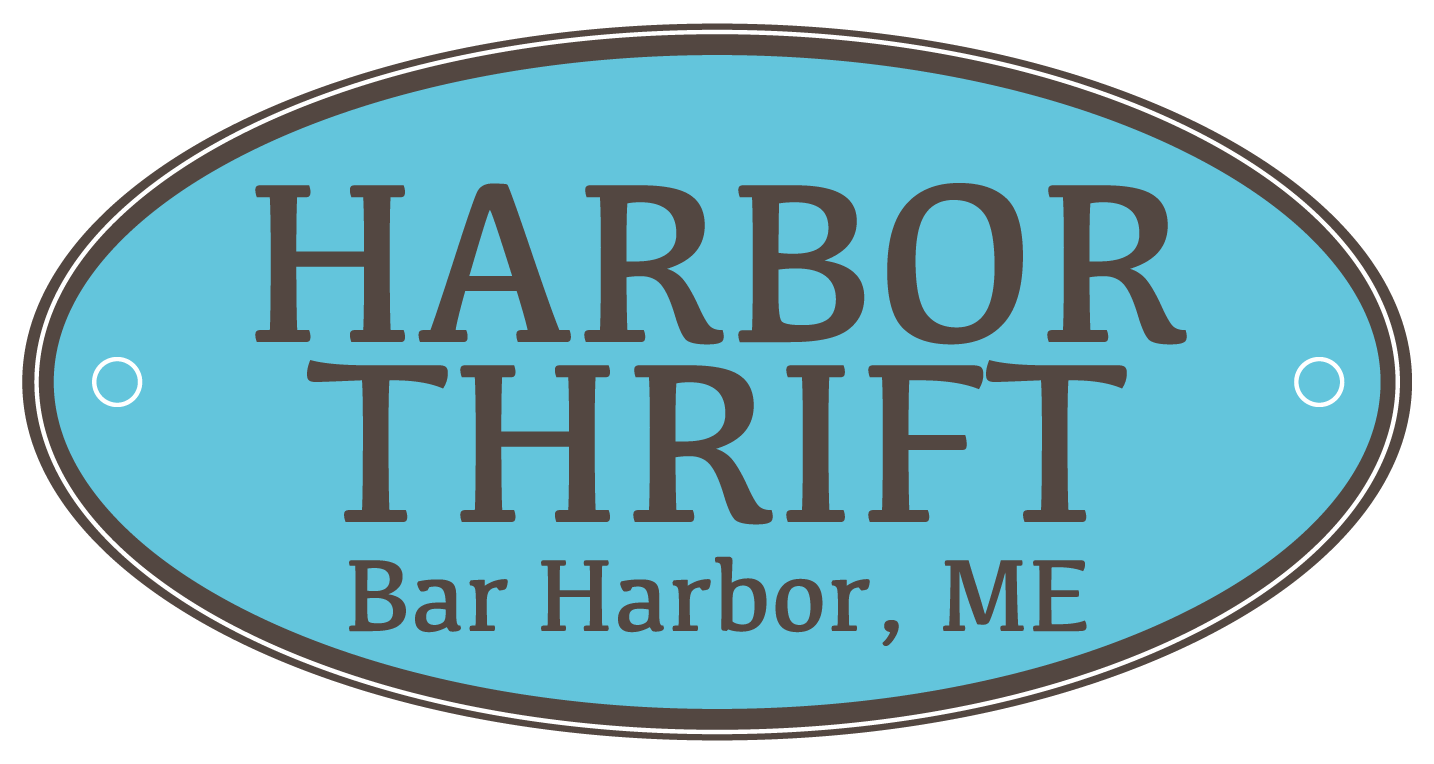Tan and Thai (2014) performed several face-to-face interviews with senior management executives of liner shipping operators and concluded that there are formal and informal knowledge-sharing mechanisms within SAs. Face-to-face meetings, video or teleconferencing, e-mails, and phone calls are the main formal knowledge-sharing mechanisms, while dinners, drinks, and coffee sessions, among other casual exchanges, are introduced as the informal ways of information sharing among SA’s members. This study also reveals that knowledge sharing among SA partners is limited to operational information, as sharing https://besthookupwebsites.org/mennation-review/ market-related information, such as freight rates and the list of customers, is strictly prohibited by antitrust laws.
The stability of SAs among liner shipping companies is often defended as a consequence of successful management of these agreements. The unstable structure of SA membership, as depicted in Fig. 4, is rooted instead in mergers and acquisitions between carriers inside and outside their SA, reshufflings of SA membership, to be able to compete with large carriers and other SAs. The main determinants of SA’s instability are categorized in Table 5.
Stability is necessary for both alliance parties and shippers to establish long-term trading relationships (Brooks 2004) to ensure stability of freight rates and services (Fusillo 2006) and more reliable schedules (Graham 1998)
Additionally, Fig. 5 shows how many times each factor is mentioned in the literature as an important factor of the instability of SAs.
According to Rau and Spinler (2017) intra-alliance competition is the main factor of instability, as carriers compete fiercely to increase their ) also highlight organizational complexity as a determinant of SA instability. The same authors explain that, with the increasing success of an SA, the inclination of its members to increase the volume of their own pooled resources will also increase in order to earn more benefits out of their successful SA. This situation leads to an unavoidable increase in the complexity of tasks required to manage the higher level of participation by SA members.
The number of SA’s members, their role in the alliance, and the level of mutual trust among members affect organizational complexity. More members in the alliance turn the management of these agreements into a more time-consuming process as each member needs to be involved in each decision made in the alliance. However, a fair allocation of roles and contributions of each member in the SA decision-making process facilitates the management of a larger number of members in a SA (Song and Panayides 2002; Midoro and Pitto 2000). Further complexity is related to the management costs that grow as the number of members grows (Killing 1988). This complexity, if not managed properly, leads to the dissatisfaction of some members and may result in them leaving the collaboration.
Greve et al. (2013) study the impact of collaboration opportunities offered by container carriers who are operating outside the alliance on the probability of withdrawal of members from an existing SA. They show that, even when an alliance can be considered as successful in terms of stability in its composition, members are willing to leave the SA to opportunistically pursue collaboration with other carriers outside the alliance with which they perceive to have a higher market complementarity.
The optimization of SAs
Optimizing SAs is the third major area of research, dealing with a wide range of strategic, tactical, and operational challenges. Among them, maximizing shared or individual profits and enhancing the quality of services, i.e., the frequency and geographical coverage, and improving the stability of SAs, are critical. To tackle these challenges, researchers have addressed several relevant problems, including SA network design, capacity optimization, vessel scheduling, service routing, vessel deployment, partner selection, cost minimization, and revenue maximization. Various methods have been used to that effect, such as linear and non-linear programming, game theory, dynamic programming, stochastic programming, etc. Table 6 summarizes these studies and lists the most frequent optimization problems and the approaches used to find solutions.
